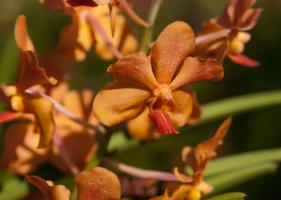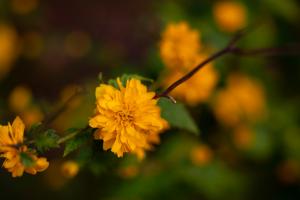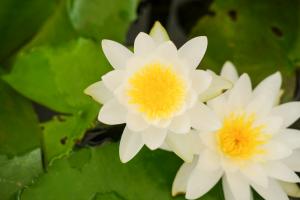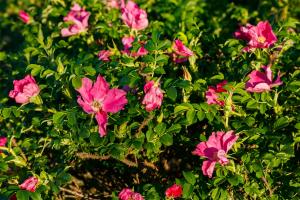Can You Plant a Redbud Tree in the Fall?
Redbud trees, also known as Cercis canadensis, are a popular choice for landscaping and adding color to your yard. These trees are native to North America and are known for their stunning pink or purple flowers that bloom in the spring. If you're thinking about planting a redbud tree, you might be wondering if fall is a good time to do it. The short answer is yes, you can plant a redbud tree in the fall, but there are a few things to keep in mind.
The Best Time to Plant a Redbud Tree
The best time to plant a redbud tree is in the early spring, just as the ground begins to thaw. This gives the tree ample time to establish roots before the hot summer months arrive. However, if you missed your chance to plant a redbud tree in the spring, fall is a good second choice. September and October are the best months to plant a redbud tree in the fall, as the weather is cooler and the ground is still warm enough to promote root growth.
Preparing the Soil
Before you plant a redbud tree, it's important to prepare the soil. Redbud trees prefer well-draining soil with a pH between 6.0 and 7.0. If your soil is compacted or heavy with clay, you'll need to amend it to improve drainage. You can do this by adding organic matter such as compost or aged manure to the soil. Work the organic matter into the top 12 inches of soil to ensure that the roots can penetrate the soil easily.
Choosing the Right Location
Redbud trees prefer a location with full sun or partial shade. They can tolerate some shade, but too much shade can cause the tree to grow tall and spindly. Choose a location that is protected from strong winds, as redbud trees have brittle wood and can break easily in high winds. When planting a redbud tree in the fall, make sure the location is well-draining and not prone to flooding, as excess water can drown the roots and cause the tree to die.
Planting the Tree
When planting a redbud tree in the fall, follow the same guidelines as for planting in the spring. Dig a hole that is twice as wide as the root ball but no deeper than the height of the root ball. Place the tree in the hole and backfill with soil, making sure to tamp down the soil as you go to eliminate air pockets. Water the tree deeply and add a layer of mulch around the base of the tree to retain moisture and keep the soil cool. Water the tree regularly during the fall and winter months to ensure that it establishes roots before the hot summer months arrive.
Caring for Your Redbud Tree
Once your redbud tree is planted, it's important to take care of it so that it can grow and thrive. Water the tree deeply once a week during the fall and winter months, and twice a week during the hot summer months. Fertilize the tree once a year in the spring with a slow-release fertilizer. Prune the tree in late winter or early spring to remove any dead, damaged, or diseased branches. With proper care, your redbud tree will provide beauty and color to your yard for many years to come.
In conclusion, while spring is the best time to plant a redbud tree, fall is a good second choice. Make sure to prepare the soil, choose the right location, and plant the tree following the same guidelines as for spring planting. With proper care, your redbud tree will thrive and provide beauty to your yard year-round.

 how many times do yo...
how many times do yo... how many planted tre...
how many planted tre... how many pine trees ...
how many pine trees ... how many pecan trees...
how many pecan trees... how many plants comp...
how many plants comp... how many plants can ...
how many plants can ... how many plants and ...
how many plants and ... how many pepper plan...
how many pepper plan...































